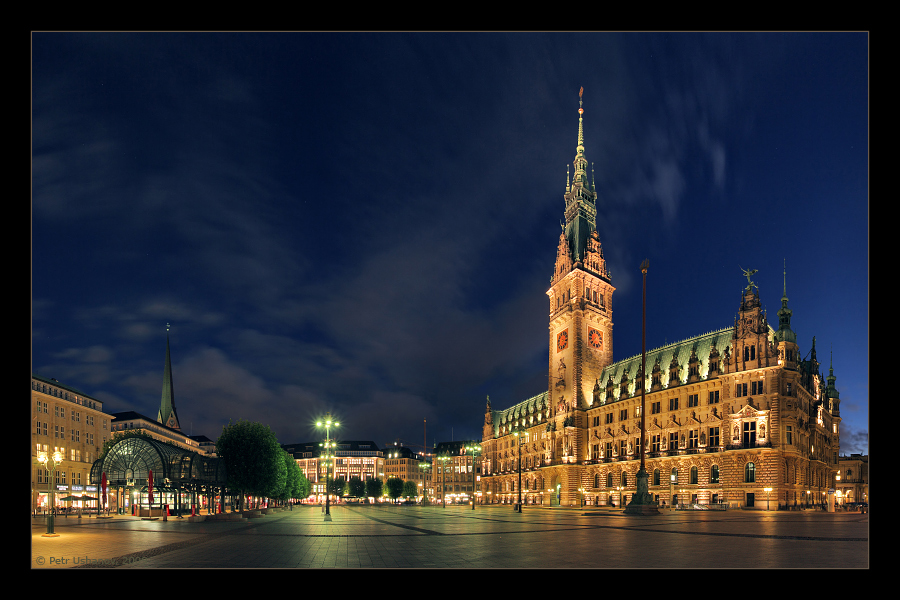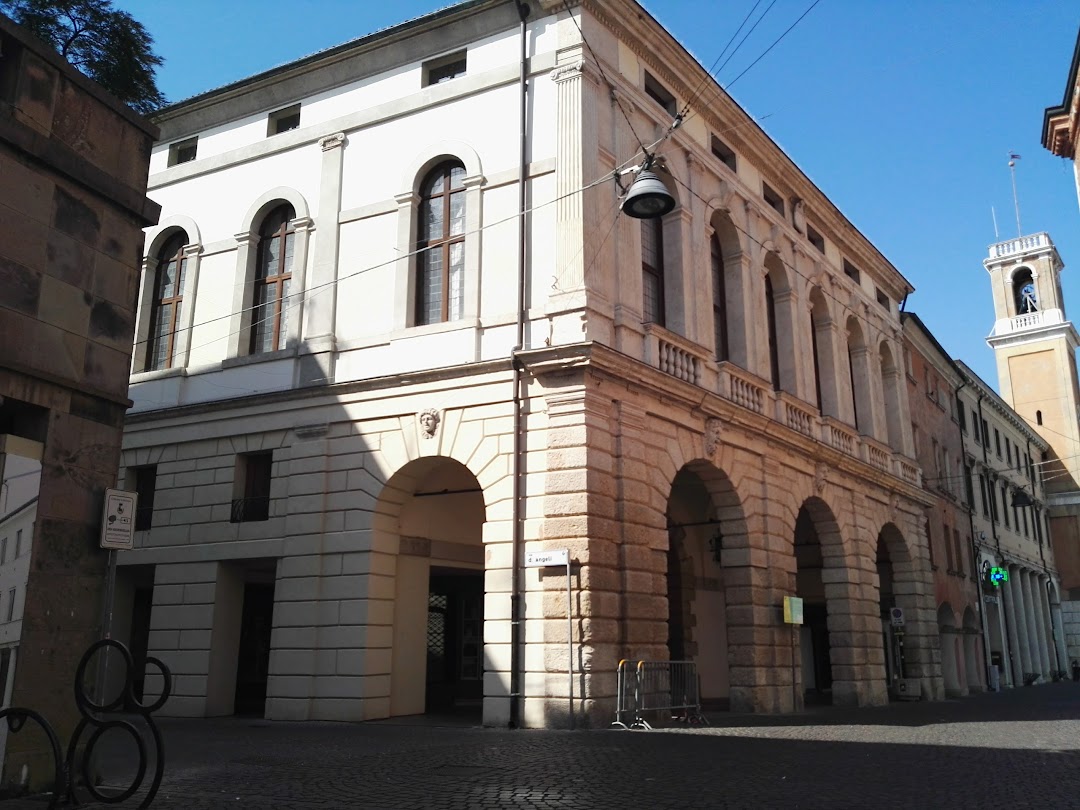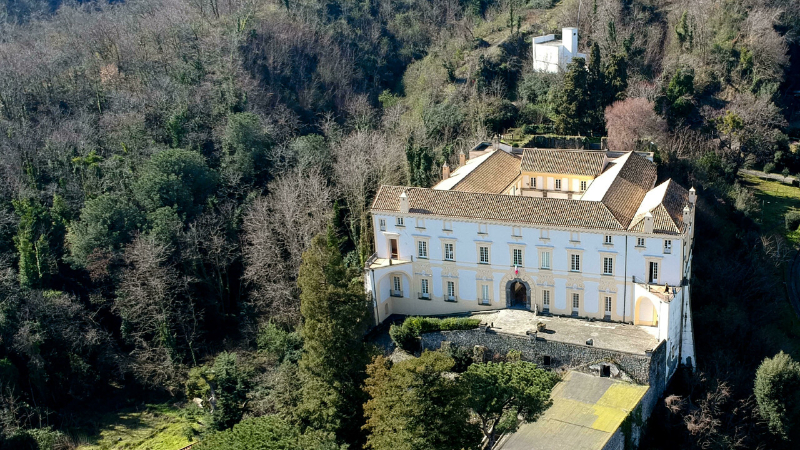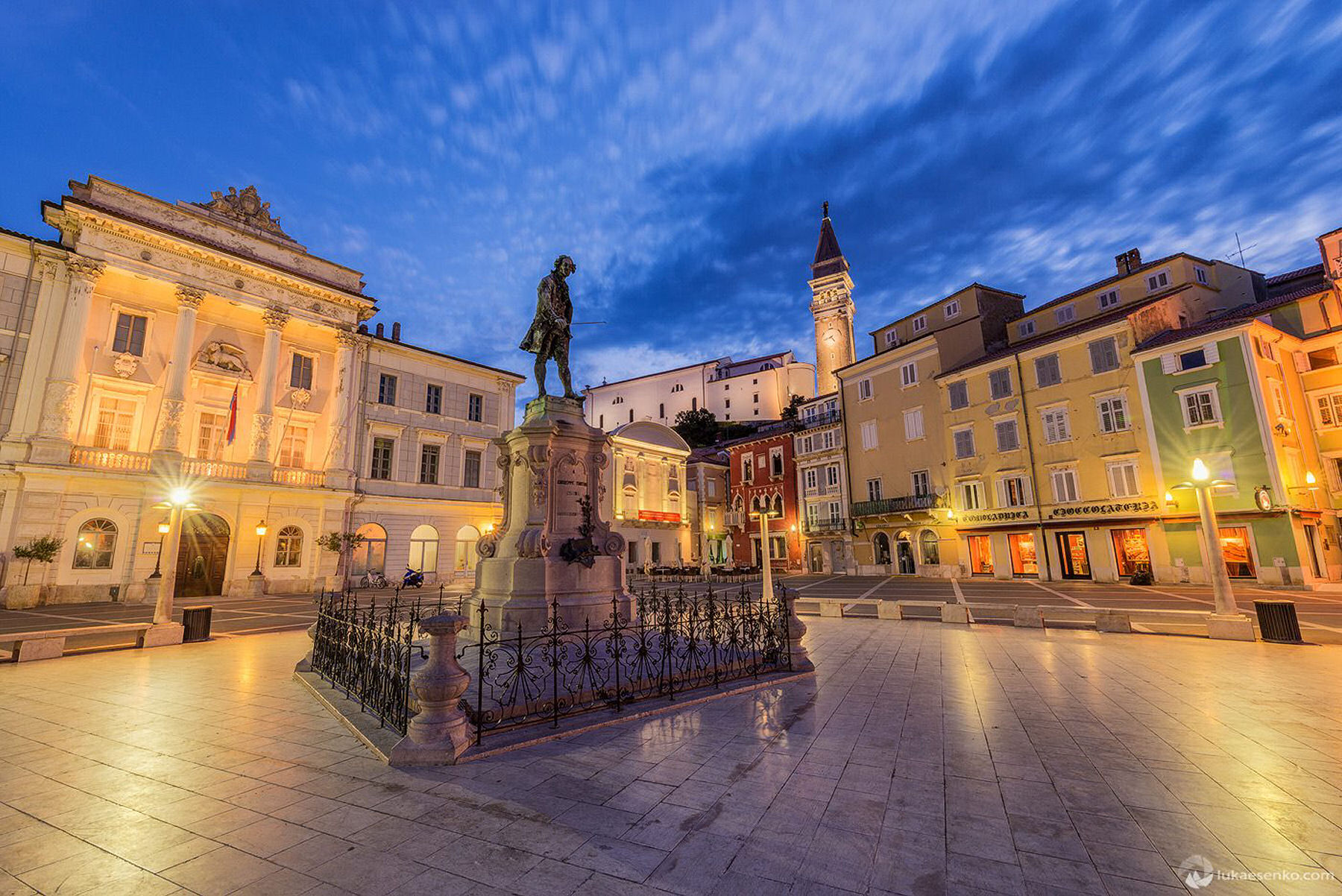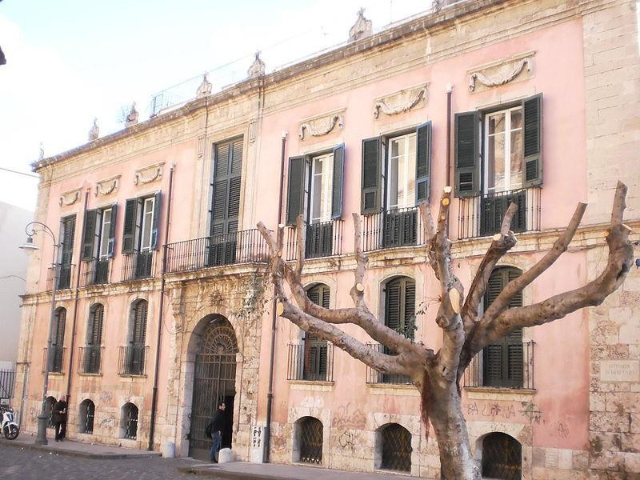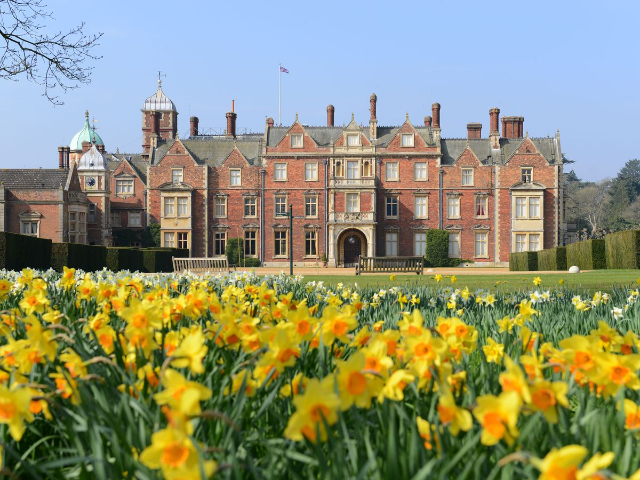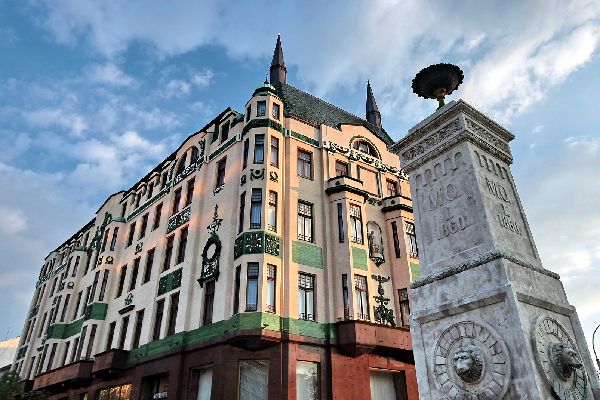Hamburg Town Hall was built from 1886 to 1897 and with its impressive architecture dominates the centre of the city. The magnificent sandstone building houses the city’s senate and parliament.
After Hamburg Town Hall burned to the ground in 1842, the city council temporarily moved into provisional premises – for 55 years! The new Town Hall was inaugurated in 1897, has 647 rooms and stands on over 4,000 oak piles. In stark contrast to the restrained Hanseatic style, the Town Hall is conspicuous due to its elaborately decorated façade, flanked by a total of 20 statues of emperors. The following is written in Latin above the main door: "The descendants shall seek worthily to maintain the freedom achieved by their forebears." The ornate wrought iron gate of the main entrance door leads into the entrance hall which is supported by 16 sandstone pillars painted with 68 portraits of worthy Hamburg citizens. The staircase was made from Sardinian marble and shows the course of human life. The debating chamber is designed rather simply and Parliament meets here every second Tuesday at 3.00pm
Portraits of former speakers of parliament hand in the adjacent Bürgersaal where citizens are received. The Kaisersaal (imperial hall) – named because of the visit by Kaiser Wilhelm II at the opening of the North Sea-Baltic Canal – has a striking ceiling painting that symbolises merchant shipping under the German flag. The walls are decorated with wall coverings made of pressed leather. The Tower Hall accommodates celebrations on special occasions and receptions. Guests make entries into the Golden Book in the Mayor’s Hall with its enormous fireplace. A painting hangs here that depicts the inauguration of the Town Hall in 1897. The Phoenix Hall is named after the phoenix above the fireplace, which is meant to symbolise Hamburg’s renaissance after the great fire of 1842.
